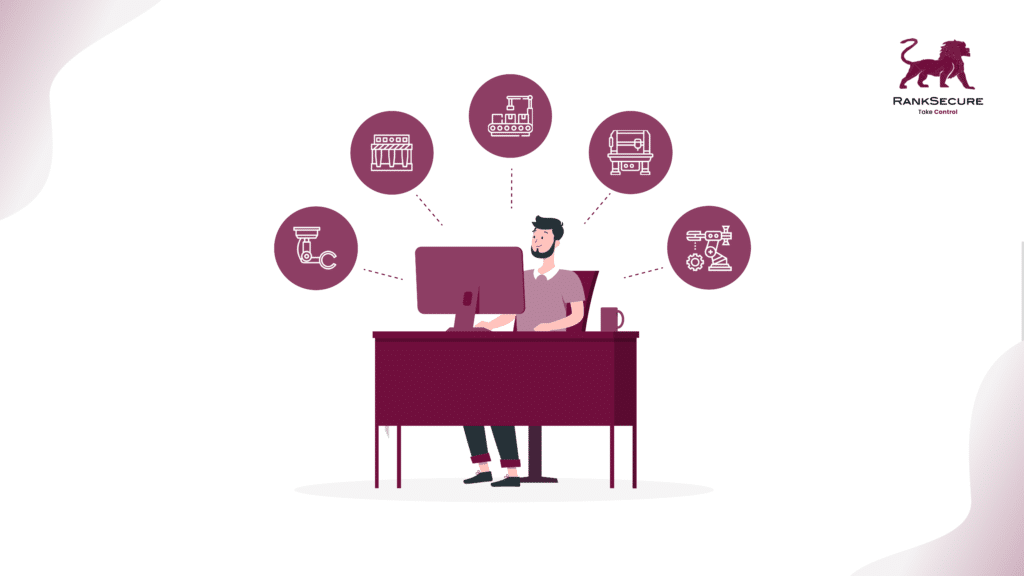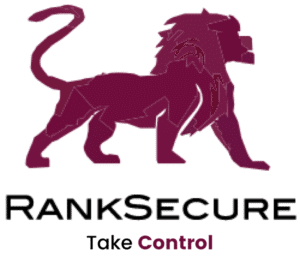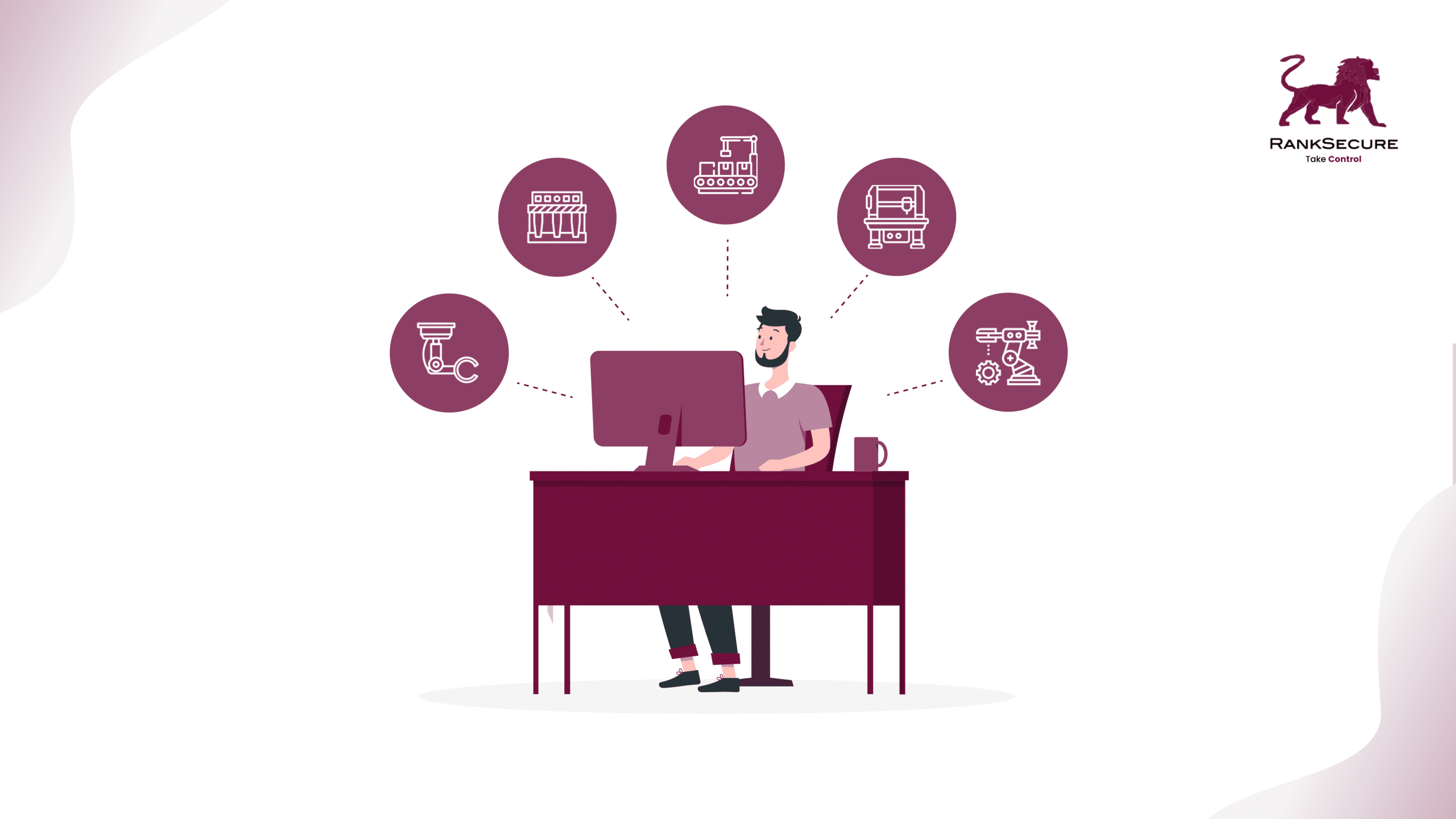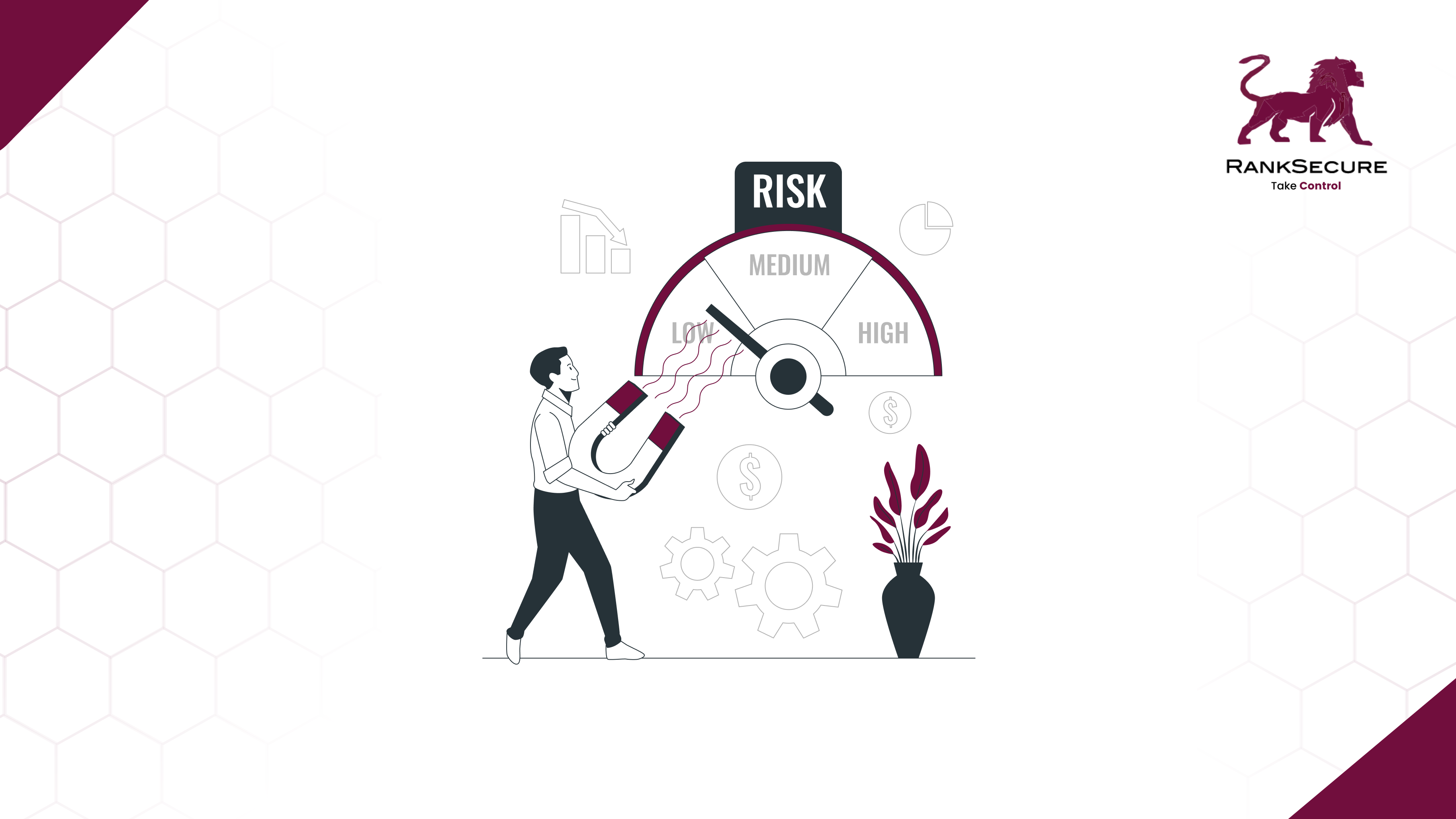
From Industry 4.0 to Industry 5.0 - A New Paradigm for Smart Manufacturing
As we advance further into 2024, more manufacturing units are embracing the principles of Industry 4.0. While this marks a pivotal moment in the evolution of the manufacturing sector, manufacturers are already gearing up for the next frontier on the horizon, Industry 5.0.
However, Industry 4.0 and 5.0 are not mutually exclusive, but rather complementary. While Industry 4.0 introduced advances like intelligent machines, Industry 5.0, marks the interaction and collaboration between man and machine.
Industry 5.0 is the future and already an emerging trend. As we look ahead, the transition of Industry 4.0 into 5.0 holds the promise of revealing extraordinary potential and redefining the future landscape of industrial innovation.
In this blog, we’ll navigate across the rapid transformation from Industry 4.0 to Industry 5.0 and how it is giving rise to smart manufacturing models.
A Recap Of Industry 4.0 - The Age of Digitisation and Automation
Industry 4.0 or the Fourth Industrial Revolution has revolutionised the manufacturing landscape. At its core, it is all about the integration of digitalisation, automation, and seamless connectivity. It is characterised by the widespread use of connected technology that has helped bring about smart manufacturing processes to elevate to new heights of efficiency and innovation.
The key components on which Industry 4.0 operated are:
Automation A major highlight of Industry 4.0 has been the digitalisation of manual operations. Manufacturing units like yours have successfully leveraged technology to mitigate labour-intensive tasks, thus bringing down human-related errors and expensive downtimes. The incorporation of digital twin technology has also aided factories in enhancing their operational efficiency and saving costs.
Interconnectivity and Real-time Monitoring One major feature, offered by Industry 4.0, that stood out was that of real-time visibility. Incorporating the Internet of Things (IoT) into systems and processes has enabled factories to monitor their manufacturing operations and stay updated on their analytics. This has not only facilitated remote accessibility but also in identifying operational anomalies and potential equipment defects, enabling timely repairs before failures occur.
The Next Step: Industry 5.0 And The Era Of Human-Machine Collaboration
Industry 5.0 takes a slightly different approach from its predecessor. Instead of replacing humans with machines, it focuses on facilitating a deeper connection between them.
If the human touch was missing in Industry 4.0, the Fifth Industrial Revolution is expected to place it at the core.
It is expected to help humans and machines find ways to work together; empowering people to fully utilise their skills and make factories safer and more efficient.
Industry 5.0: Adding The Human Edge To Industry 4.0
The transition of Industry 4.0 to 5.0 is not a mere replacement of the former, but rather a coexistence between the two models. This implies that smart manufacturing units will have the liberty to choose to integrate the aspects of Industry 5.0 into existing Industry 4.0 infrastructure, gradually evolving towards a more human-centric approach.
AI And Augmented Intelligence
Artificial Intelligence is expected to continue to play a pivotal role in Industry 5.0, accompanied by a transition towards augmented intelligence.
Augmented intelligence involves the fusion of human cognitive abilities with AI’s computational power and analytical expertise. This collaborative approach will help your factory use AI algorithms to make informed decisions, without taking humans out of the equation.
Sustainability
Industry 4.0 has conceptualised the idea of sustainability for manufacturing units, and Industry 5.0 is poised to take this initiative forward. The world is likely to witness more factories incorporating eco-friendly practices, including optimised resource utilisation, waste reduction, and the adoption of sustainable materials.
Key Benefits Of Industry 5.0: Seizing New Opportunities
Embracing Industry 5.0 principles into your factory can offer remarkable opportunities.
Boosting Competitiveness: Through Industry 5.0, your factory can combine advanced technologies with human skills and creativity, giving you the power to offer more personalised and customer-centric products and services.
Enhance Efficiency: The adoption of new Industry 5.0 technologies can make your factory’s operations more agile and efficient, reducing waste and costs. The use of advanced technologies such as nanotechnology and biotechnology can help to create a more integrated and flexible manufacturing system, with a competitive advantage.
Embracing Sustainability: Industry 5.0 focuses on the creation of sustainable, environmentally friendly products and services, thus helping your manufacturing unit align with the growing global focus on environmental responsibility.
Prioritising Employee Satisfaction: Industry 5.0 places the well-being of your factory’s employees at the core of your production processes. By replacing processes with automation, you can increase productivity without needing more personnel. Furthermore, sensors can help to improve working conditions in real-time and avoid critical situations.
The Challenges Of Industry 5.0
While the transition to Industry 5.0 is promising, it comes with its share of challenges.
Reskilling Workforce: With Industry 5.0, your factory’s employees are required to develop new skills in collaborating with a smart machine, a robot manufacturer. Technical skills like programming the industrial robot or managing can also present new challenges for your manufacturing unit.
Integration Complexity: The adoption of new technology into your existing processes can be complex, requiring time and effort. Customised software connecting your factory, real-time data, collaborative robotics, 3D printing, Artificial Intelligence (AI), the Internet of Things (IoT), Cloud are only a few of these technologies.
Additional Expenditures: While Industry 5.0 is poised to introduce innovative technologies for your factory, they also require investments. However, they do not come cheap. Additionally, training people for new jobs and upgrading your production lines will also bring costs.
Preparing For The Transition
The leap from Industry 4.0 to Industry 5.0 is a gradual process that demands careful planning and preparation.
You must gain a deep understanding of the differences between Industry 4.0 and Industry 5.0 to be able to make informed decisions for your factory. Evaluating the potential benefits of adopting Industry 5.0 principles into your factory will help you identify the key areas that you must focus on.
While Industry 4.0 has laid the foundation for digitalisation and automation, Industry 5.0 adds a critical dimension of alliance between humans and machines. Industry 5.0 represents a significant step forward in addressing the challenges posed by Industry 4.0 and providing a more efficient, and sustainable, smarter manufacturing process with increased productivity and customer satisfaction.
The transition from Industry 4.0 to 5.0 promises to redefine how you approach manufacturing and open doors for new possibilities for factories willing to embrace change.







